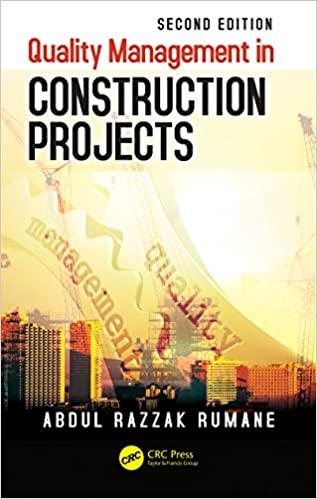Question
Case Study_ Aregak Micro-Credit Organization in Armenia This case showcases an Armenian organization named Aregak Micro-Credit, an organization designed to assist low-income women in starting
Case Study_ Aregak Micro-Credit Organization in Armenia
This case showcases an Armenian organization named Aregak Micro-Credit, an organization designed to assist low-income women in starting up small entrepreneurial ventures.
Mariam Yesayan established Aregak Micro-Credit Organization while working for UMCOR in Armenia. The case begins by reviewing Mariam's background, comprised of university education and charitable organizations, and then describes the recent history in Armenia and the surrounding area - from the fall of Communism, to the Armenian earthquake, to various other factors that led to a depressed nation.
The case goes on to describe how Mariam developed her client base, and onto an explanation of her program's successful outcome. The case continues by describing the unaffordable and inaccessible alternative sources of financing through the Armenian banking system, and then explains how the microfinance industry offers a viable alternative and ultimately benefits the communities in which it serves.
The case concludes by explaining the dilemma faced by many NGOs - whether to seek government funding and submit to its regulations, or forego state assistance and remain self-funded. This is the decision ultimately faced by Mariam Yesayan for Aregak.
Read the Aregak Micro-Credit Organization in Armenia case study Download Read the Aregak Micro-Credit Organization in Armenia case studycritically. Consider the textbook reading, supplemental literature and the grading rubric. After reflection, answer the following questions.
Case Discussion Questions
- Summarize the process Mariam Yeseyan used in approaching women about loan opportunities through Aregak.
- Compare opportunities for funding for women entrepreneurs through the commercial banking system in Armenia with funding opportunities available to them through the Aregak program in the late 1990s.
- Explain the reason for a default rate on loans of only 2 percent with Aregak in spite of the face that their loans were not collateralized.
- Discuss the importance of microfinance programs in the progress of developing nations.
- In what way might Mariam Yesayan be considered a "social entrepreneur"?
- Debate the issue of whether Mariam Yeseyan should take steps to license Aregak as a nonprofit organization in Armenia, which would bring with it regulation by the government, or remain an NGO (nongovernmental organization) as it had been originally structured.
Step by Step Solution
There are 3 Steps involved in it
Step: 1

Get Instant Access to Expert-Tailored Solutions
See step-by-step solutions with expert insights and AI powered tools for academic success
Step: 2

Step: 3

Ace Your Homework with AI
Get the answers you need in no time with our AI-driven, step-by-step assistance
Get Started


